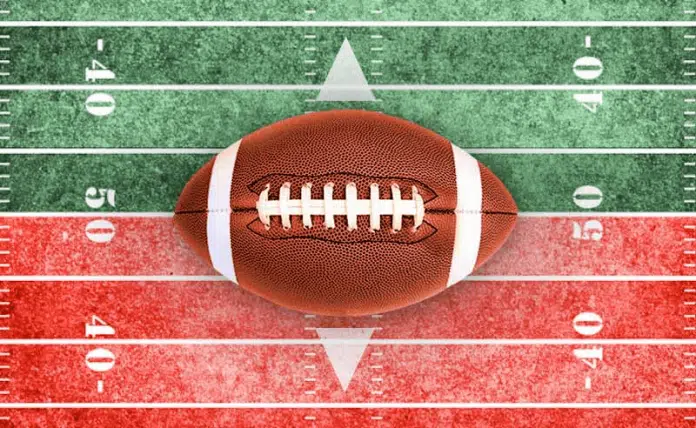Betting on the over/under is probably the second most popular type of bet, after straight side bets, especially when it comes to NFL betting. Its simplicity is the main reason casual bettors prefer to bet the over/under in their betting strategies.
Many professional bettors will also tell you that it’s a little easier to pick a winner on the over/under as well because the line can move significantly before game time, which can give you an edge.
What Is Over/Under Betting?
An over/under wager is a wager on the combined total of the points/goals scored by both competing teams. One can bet the total will exceed (over) or be less than (under) a certain number.
Why Do I See a Point Spread for a Game, But No Total?
All bookmakers or sportsbooks offer over/under lines on almost all sporting events. They may not post them, however, until game day. This is unlike the side spread, which many will post as much as a week in advance, as is the case in NFL.
The main reason is that weather is a large factor when it comes to predicting a game’s total and the weather is not always easy to predict. You can imagine the effect that extreme cold, rain, wind or snow would have on the outcome of an outdoor NFL game. As a result, many NFL game totals may move as much as a few points as weather conditions change.
An injury might be another factor as to why you don’t see the total posted until game day. An important player being uncertain to start or even play at all may be the reason that the betting lines are off the board.
How Does Betting on the Total Work?
An example of an over/under line for someone learning how to bet on sports online might be the NY Giants vs New England Patriots game below. Here, the total is 45.5. You bet whether the total points scored by both teams will be more than or less than 45.5.
The half-point is used to ensure that there is no push, or tie, on any wager. However, sometimes oddsmakers set the total as a whole number. If that’s the case and the final score is exactly the same as that total, then the bet results in a push.
In a 30-14 example, the total score equals 44 points which is UNDER 45.5. In a 30-17 example, the score equals 47 which is OVER 45.5.
How much you stand to win is determined by the moneyline odds attached to the over or under.
45.5 o -120
45.5 u +110
In this example, the total is 45.5, but the amount of ‘juice’ or ‘vig’ you must risk depends on whether you bet the over or under. To wager the OVER value, you have to risk $120 to win $100. To wager the UNDER value, you get to risk $100 for the chance to win $110.
Why Does the ‘Juice or ‘Vig’ Change on Some Totals?
The ‘juice’ or ‘vig’ for an over/under total wager can fluctuate but usually stays around even payouts for both sides of the bet. However, keep in mind in your betting tips that this might not always be the case. The times when the ‘juice’ or payout for an over/under will not be equal on both sides are usually when:
- One side of the total is being bet on much more than the other. Sportsbooks might prefer to adjust the moneyline value or ‘juice’ associated with the over/under rather than move off the actual total for fear of being ‘middled‘.
- The ‘juice’ typically tends to swing more when the total score cannot be changed because the wager is based on a low-scoring sport like NHL, MLB, MLS, etc. When this happens there can be sizable differences in the ‘juice’ or payout.
Still looking for some new betting tips? Be sure to check out 3 Completely Controversial Betting Tips

